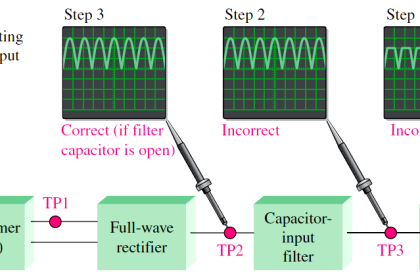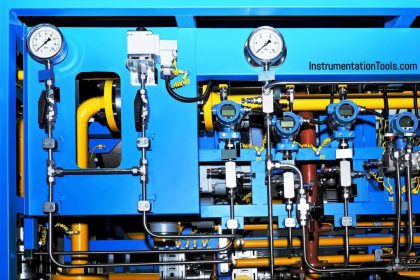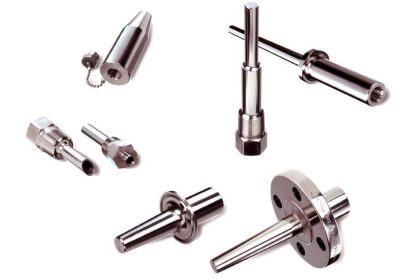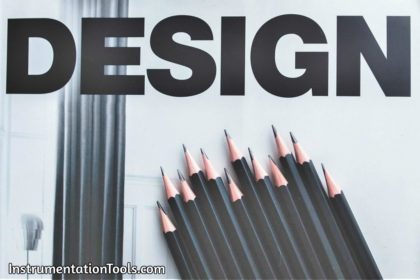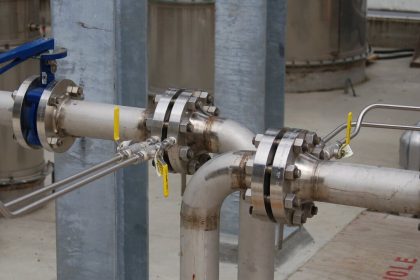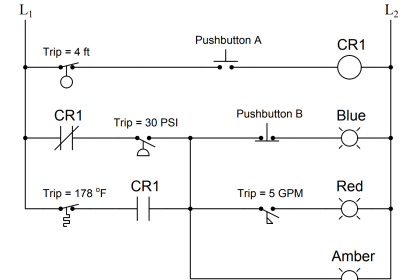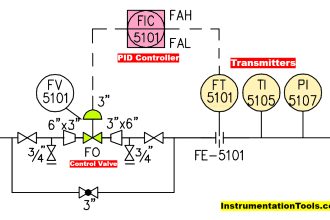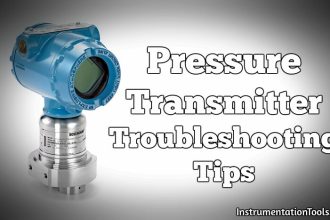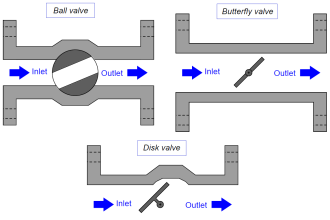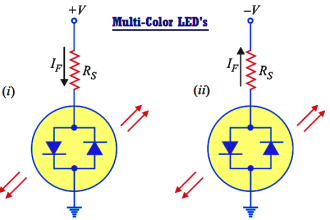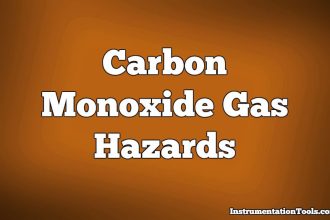Every Instrumentation engineer attends to problems of field instruments as well as control systems in day-to-day life. Industrial problems keep on changing with time and thus their solutions also.
But every Instrumentation engineer does one common job every year i.e. Monsoon Protection job for instruments and other equipment in the field.
It seems a very easy task but still, we see problems due to improper monsoon protection on Instruments or a junction box or others.
Monsoon Protection for Field Instruments
Let us discuss the monsoon Protection job details. We will discuss what things to be taken care of while doing the monsoon protection job from an instrument engineer.
1) Ensure all transmitters, analyzers and junction boxes are having proper canopy.
2) Ensure all transmitters and analyzers covers are properly protected with silastic. Here silastic is nothing but a flexible silicone rubber.
3) The junction boxes should also be protected with silastic.
For points 2 and 3 you can also use Monsoon Tape (Aluminium tape).
4) If any bolts on junction boxes are missing, try to put them or if not available, then cover the missing bolt hole with silastic and ensure junction boxes are properly closed.
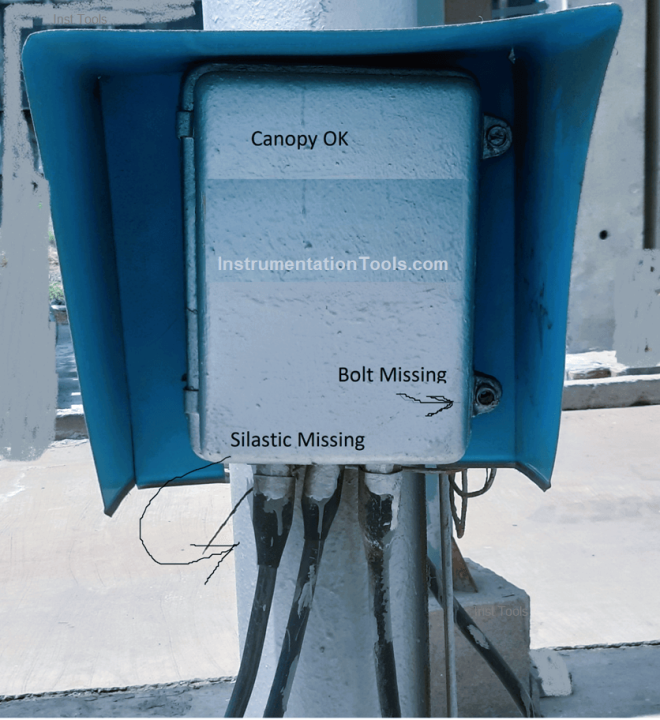
Else try to arrange bolts as soon as possible and fix them. Because if the junction box cover is slightly open, then moisture can definitely go inside and create problems.
(Note: We use two types of bolts on the junction boxes which are hex and allen)
5) If any spare cable entry holes are found, then use a proper blind there. Also, apply silastic on the blind to ensure proper sealing.

6) For all cables entering the junction box, ensure that the respective cable gland is not loose. Proper silastic is a must requirement.
7) Cable glands in the transmitter, analyzer, and valves should be tight, and also silastic should be properly applied to them.
8) We use stanchions or support stands for all transmitters, analyzers, and junction boxes installation and those stands must be stiff.
Sometimes corroded support stands break during wind blowing in monsoon. So, if found issues in the support stand, immediately replace them.
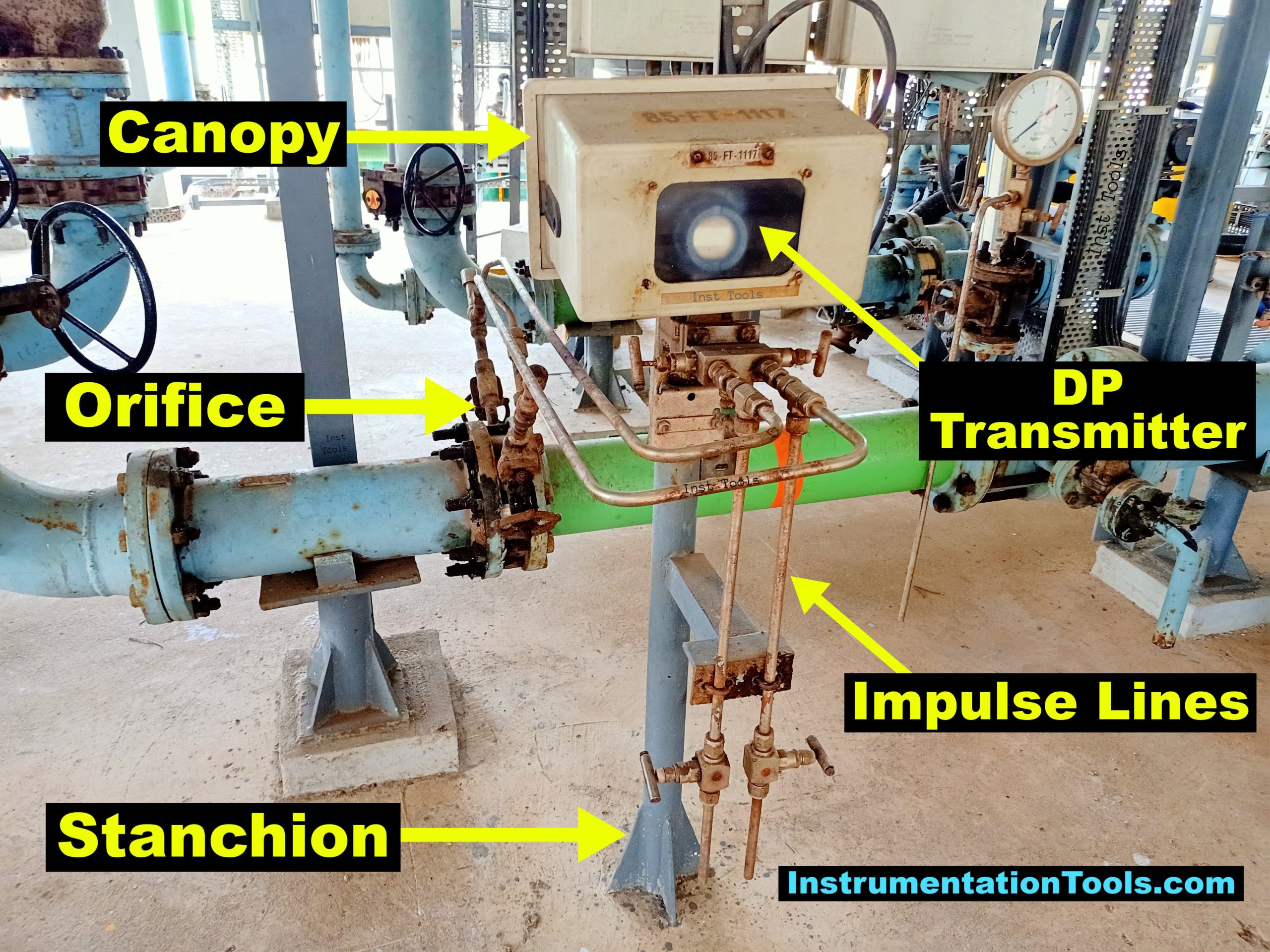
9) DP type transmitter may be used for measuring level or pressure. If there is any reference tapping point open towards atmospheric pressure then it should be specially taken care of.
The tapping in the atmosphere should not be in an open area. The monsoon water may enter the tapping point if it is open and it may affect the measurement.
The tapping point should face downward (towards the ground) so that water from rain or due to wind does not go inside the impulse tube. Also, for such impulse tubes at the end, a filter should be attached for protection against bugs.
10) Some valves may fail open and some fail close. So, one port will be open to the atmosphere.
Now if the port is facing toward the ground, then there is no issue. Only a bug arrestor is sufficient for the port facing the ground.
But if the port is facing the sky, then only the bug arrestor will not help. One should use an inverted U-like impulse tube there and point its face towards the ground. This way the rain water will not go into the actuator.
Most important things to keep in mind
- Always prepare sufficient stock of silastic and monsoon tape before the monsoon session. Also, keep necessary stocks that can be used throughout the year for day-to-day use.
- Properly dump the waste. Don’t throw used monsoon tape and silastic here and there.
If you liked this article, then please subscribe to our YouTube Channel for Electrical, Electronics, Instrumentation, PLC, and SCADA video tutorials.
You can also follow us on Facebook and Twitter to receive daily updates.
Read Next:
- What is Pump Cavitation?
- Compressor Control System
- pH Analyzer Do’s and Don’ts
- Transformer Testing Procedure
- Bently Nevada Vibration System
